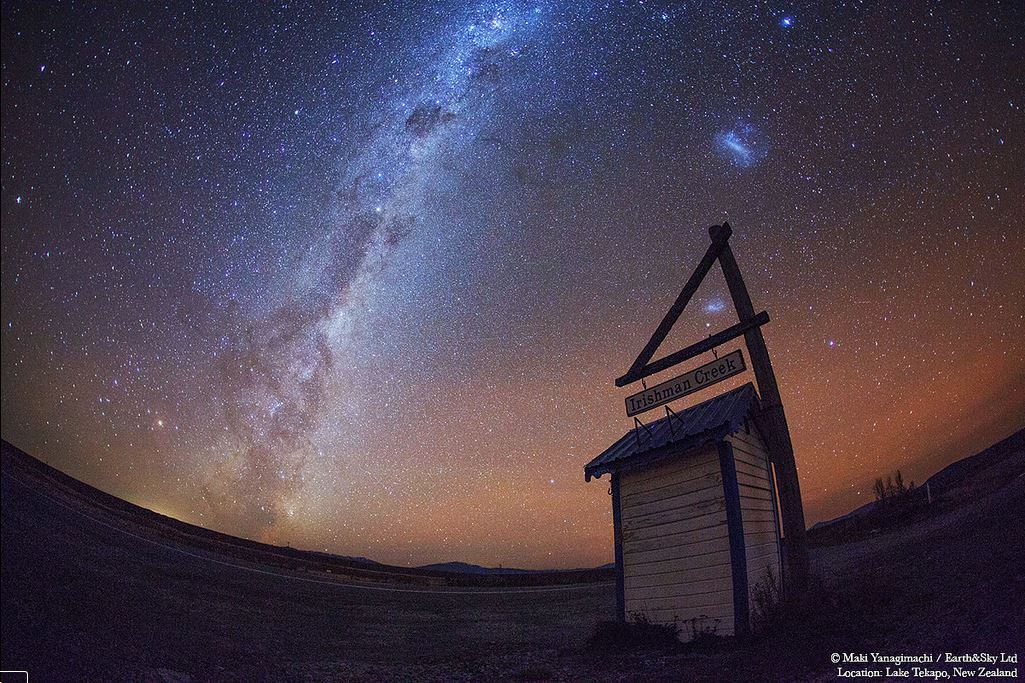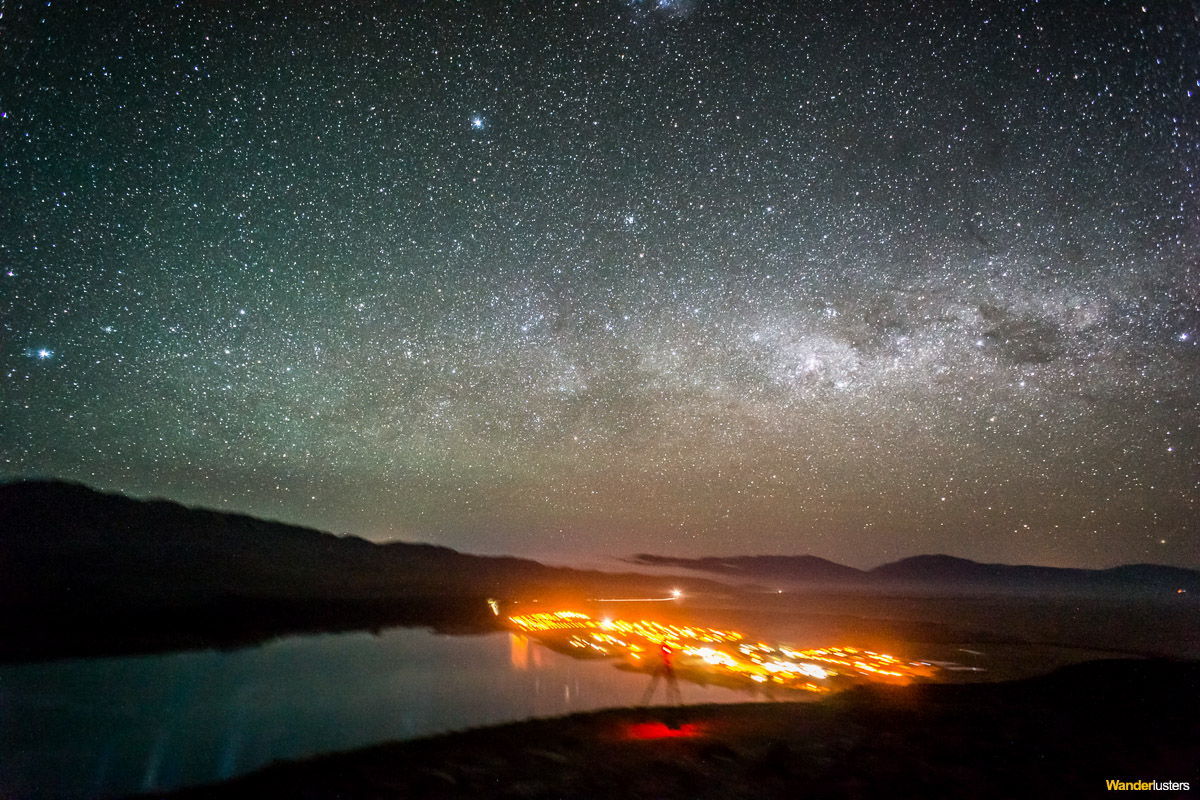How do people see these things? I've never consciously looked up and thought, 'wow, look at that, it's the Milky Way'..
https://www.theguardian.com/science...way-photographer-of-the-year-2022-in-pictures
View attachment 307062
With our eyes traditionally^^
This picture seems retouched though. And the exposure was too long so there is a lot of sun light going on.
This site provide quite accurate picture of Earth night sky :
And yes it's absolutely stunning and gorgeous. Those pictures hardly do them justice really.
To see such skies, you need a cloudless night (obviously), the less moon light as possible (none if possible), and to be far away from any light source (like cities).
Those lights greatly affect what you can see and they are called "light pollution".
As a kid, I lived in a rural area, and we used to climb some round hill a bit away from home (and everything) to watch the night sky in summer. It really make you feel small and insignificant.
Unfortunately, Odyssey skybox is nowhere near what you can see from earth (and we have an atmo). Due to very high contrast and the lack of stars (they only show actual star that exist in the game, and there is a limit to what they can show, apparently).
Horizon skybox "cheat" by having some fake fog that make it like there are more light source. Not a perfect solution either.
If you are insterested, with summer starting soon in the north hemisphere, you might consider doing some ! I suggest to buy a sky map (or use a laptop/whatever with one installed) to recognize the constellation and all that.





